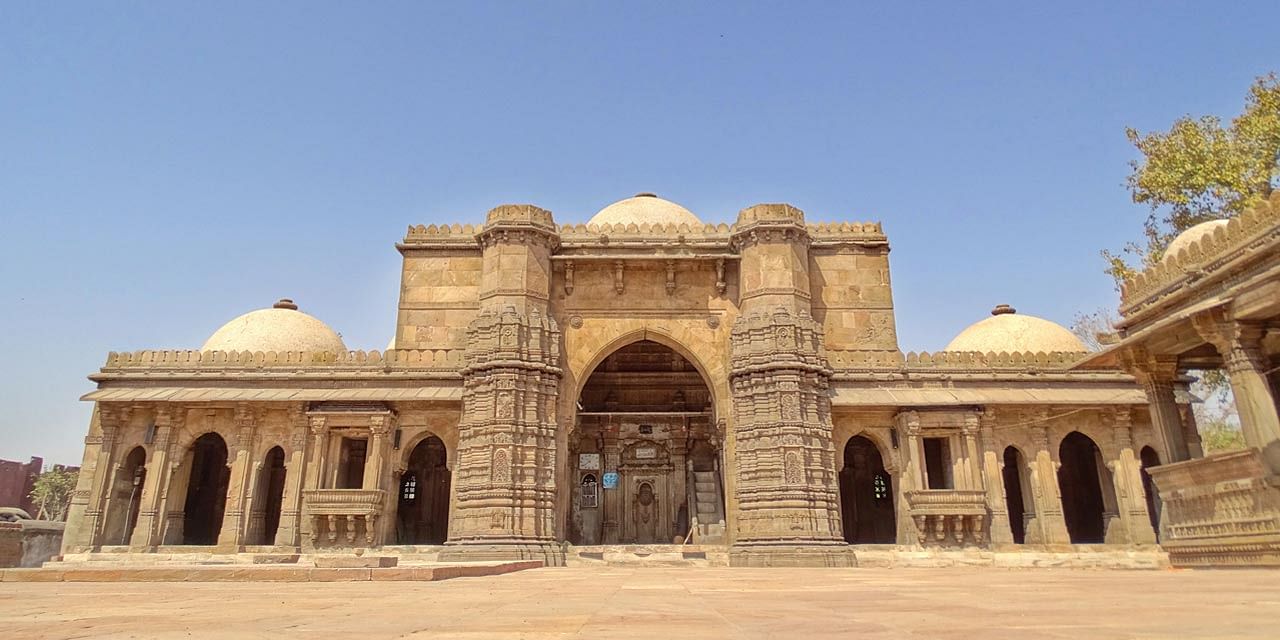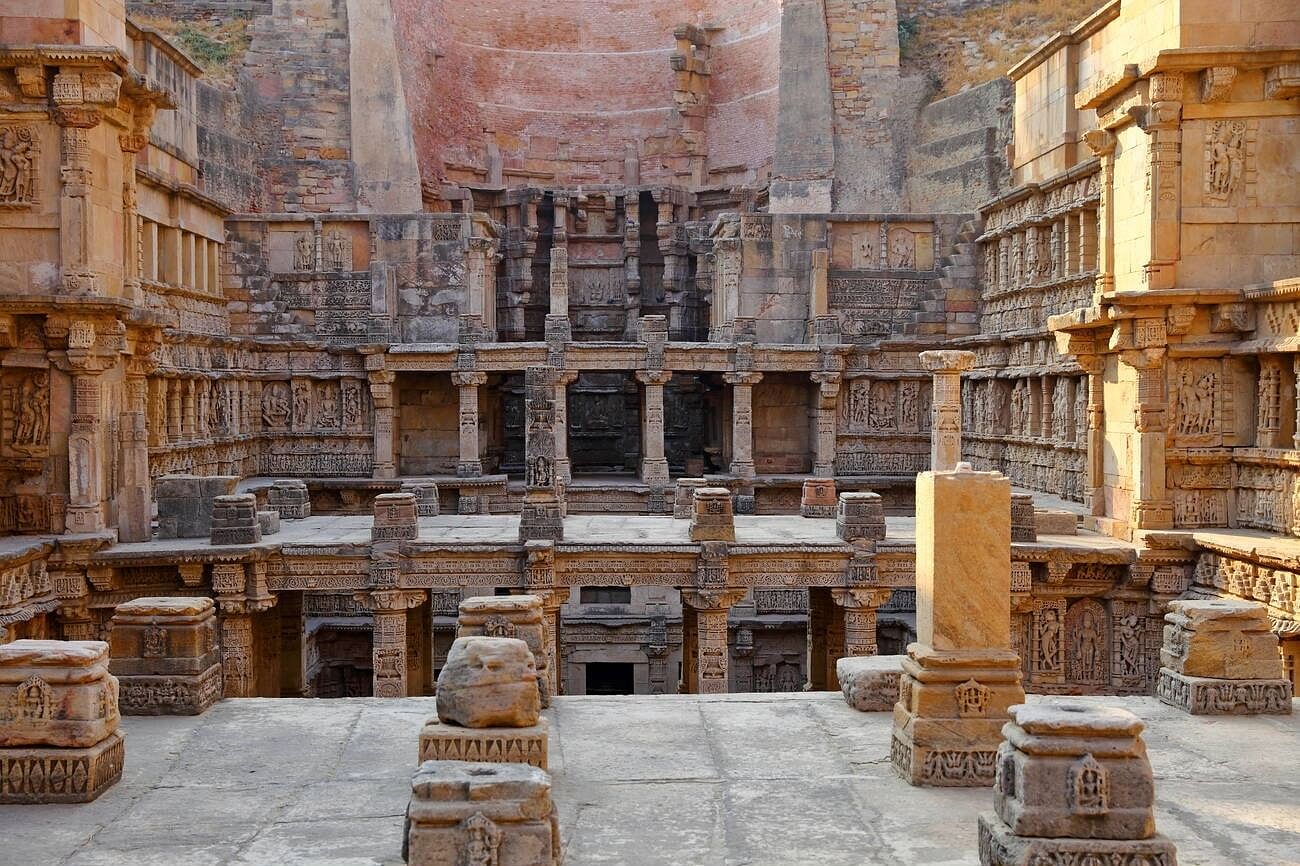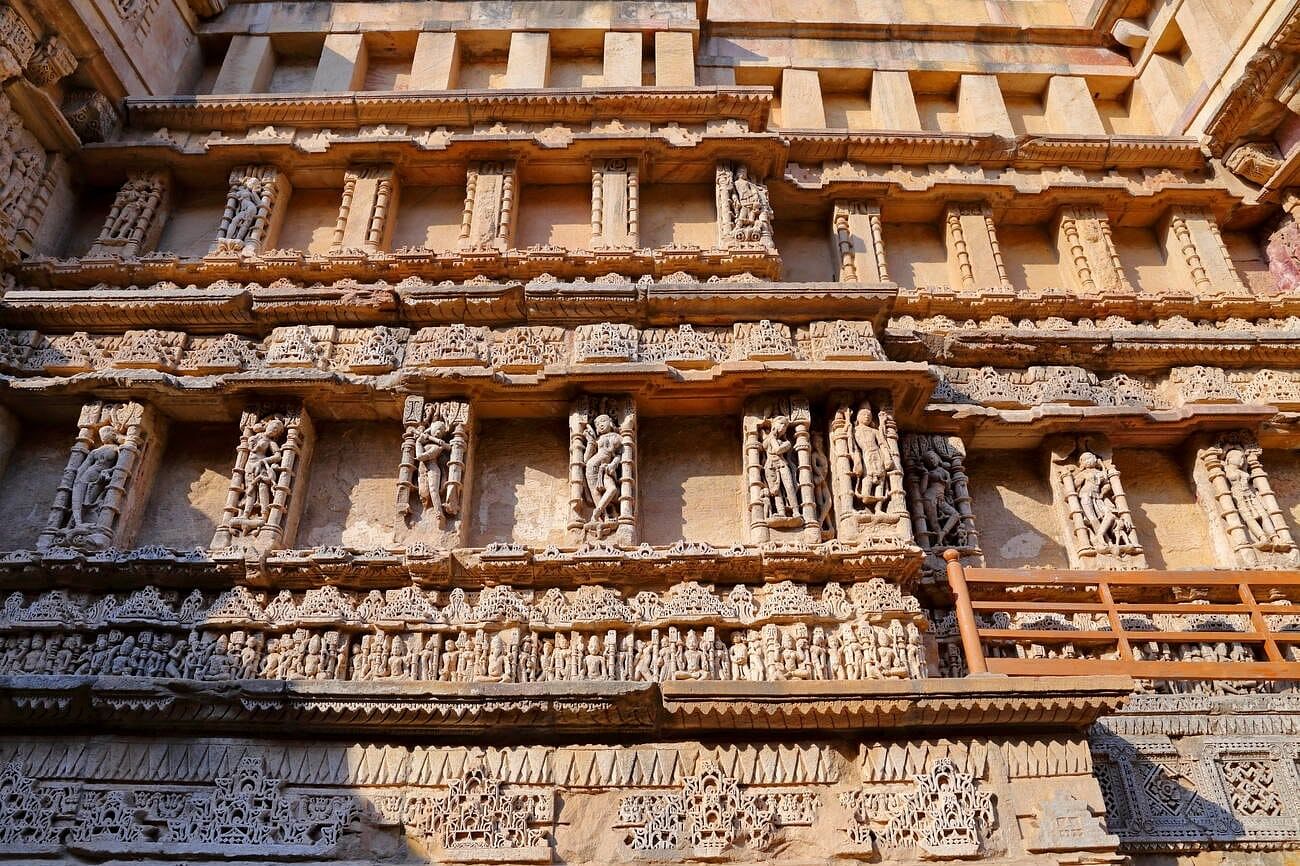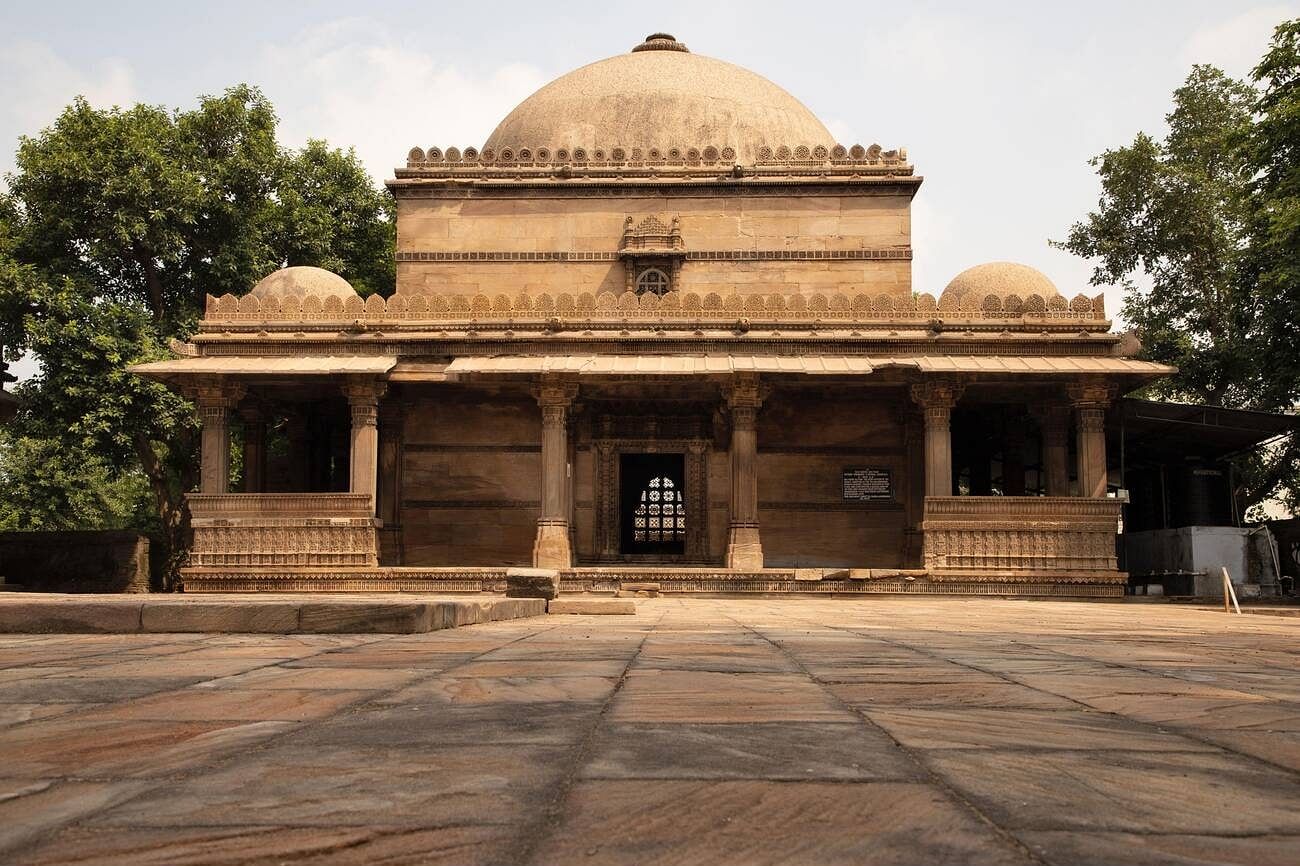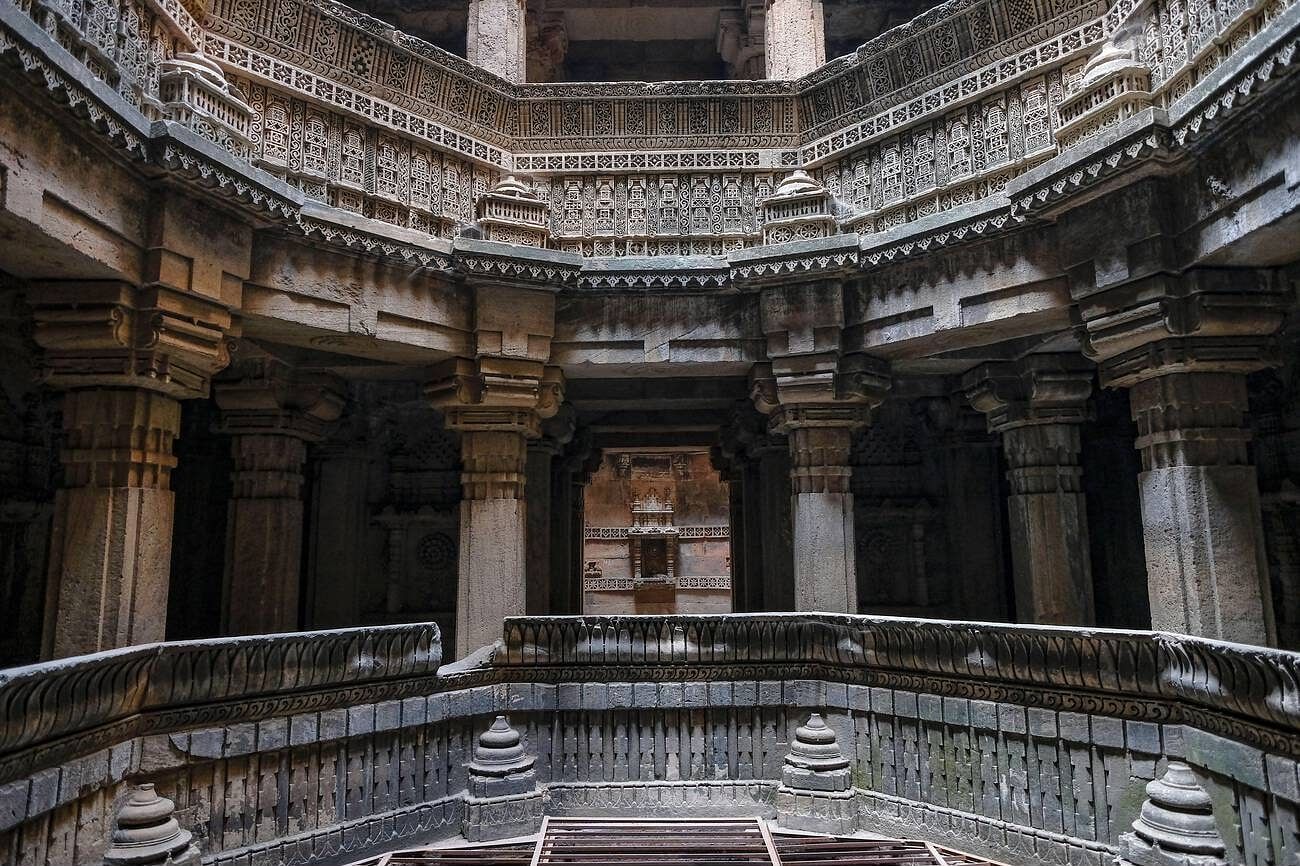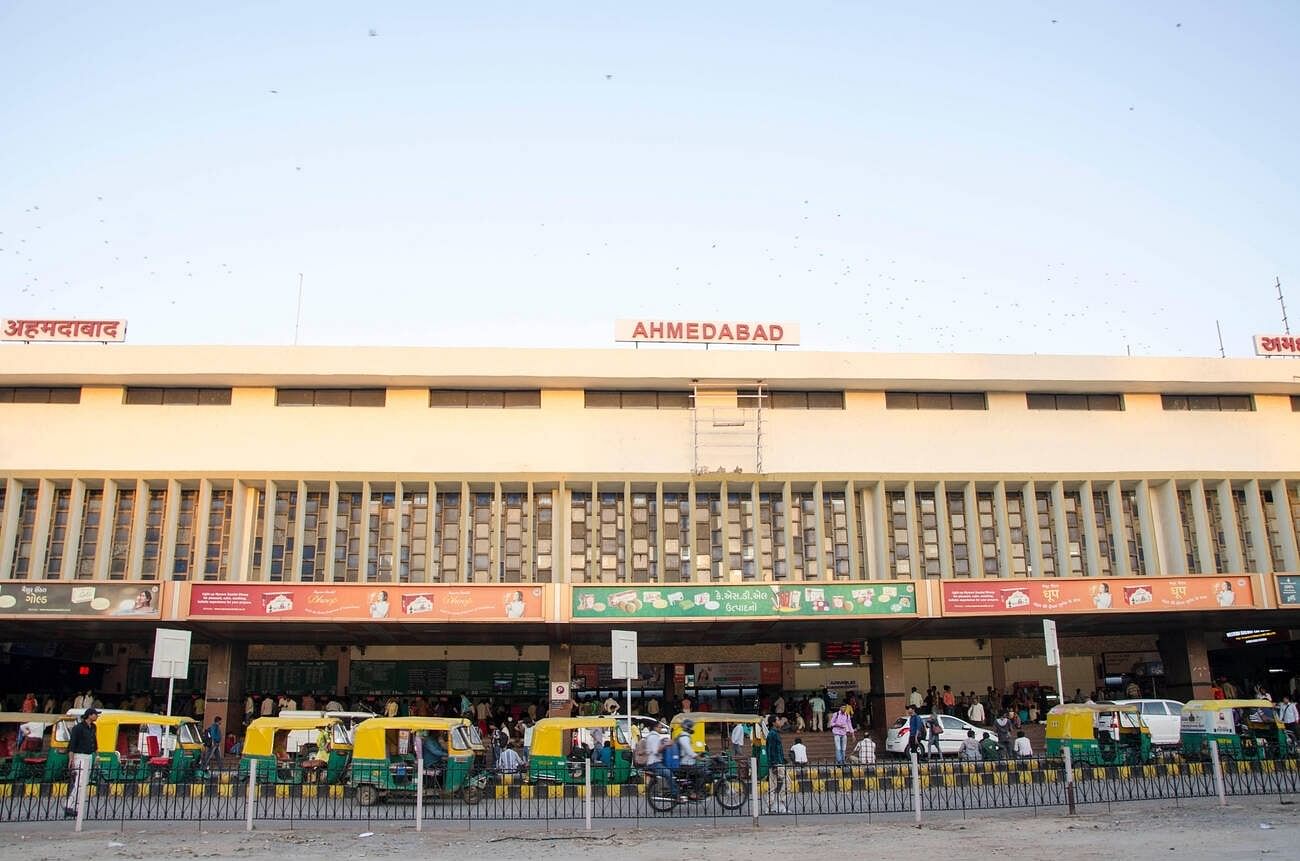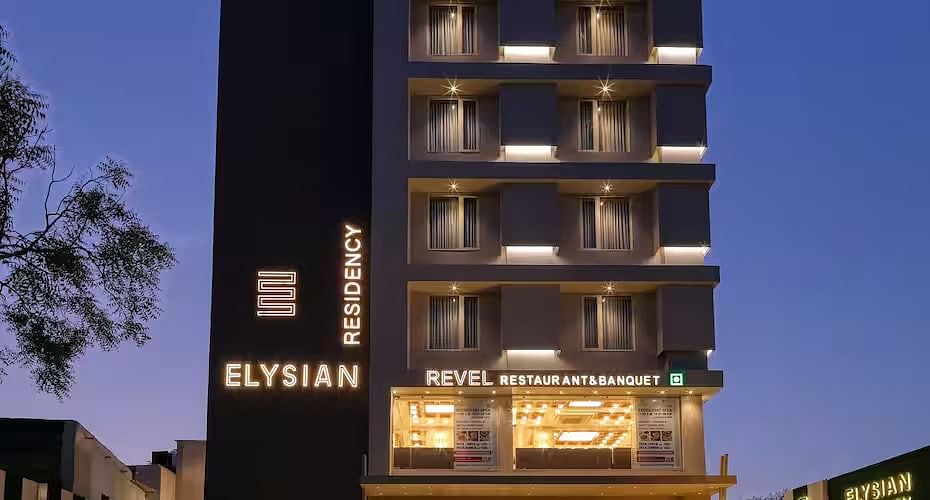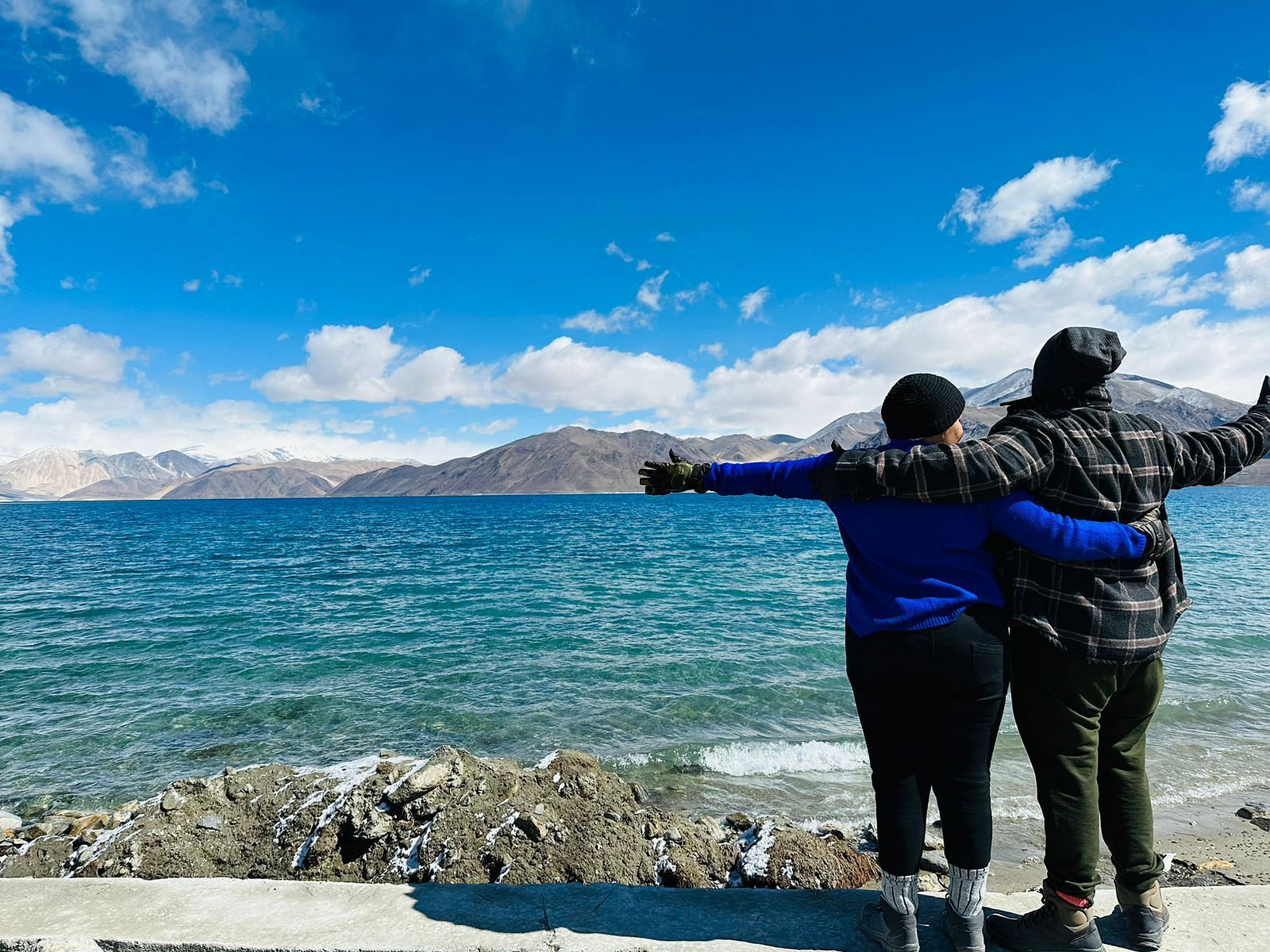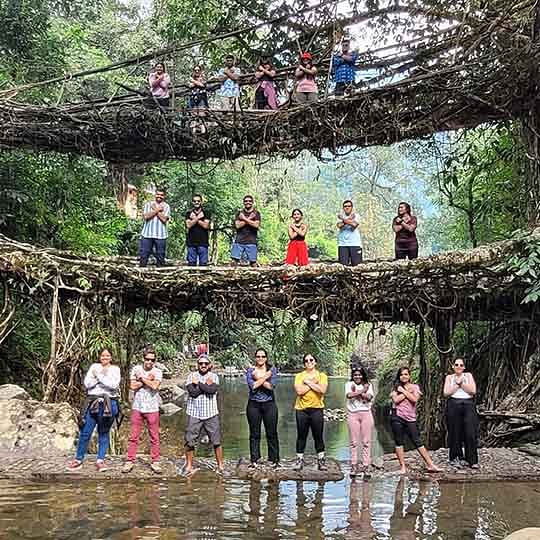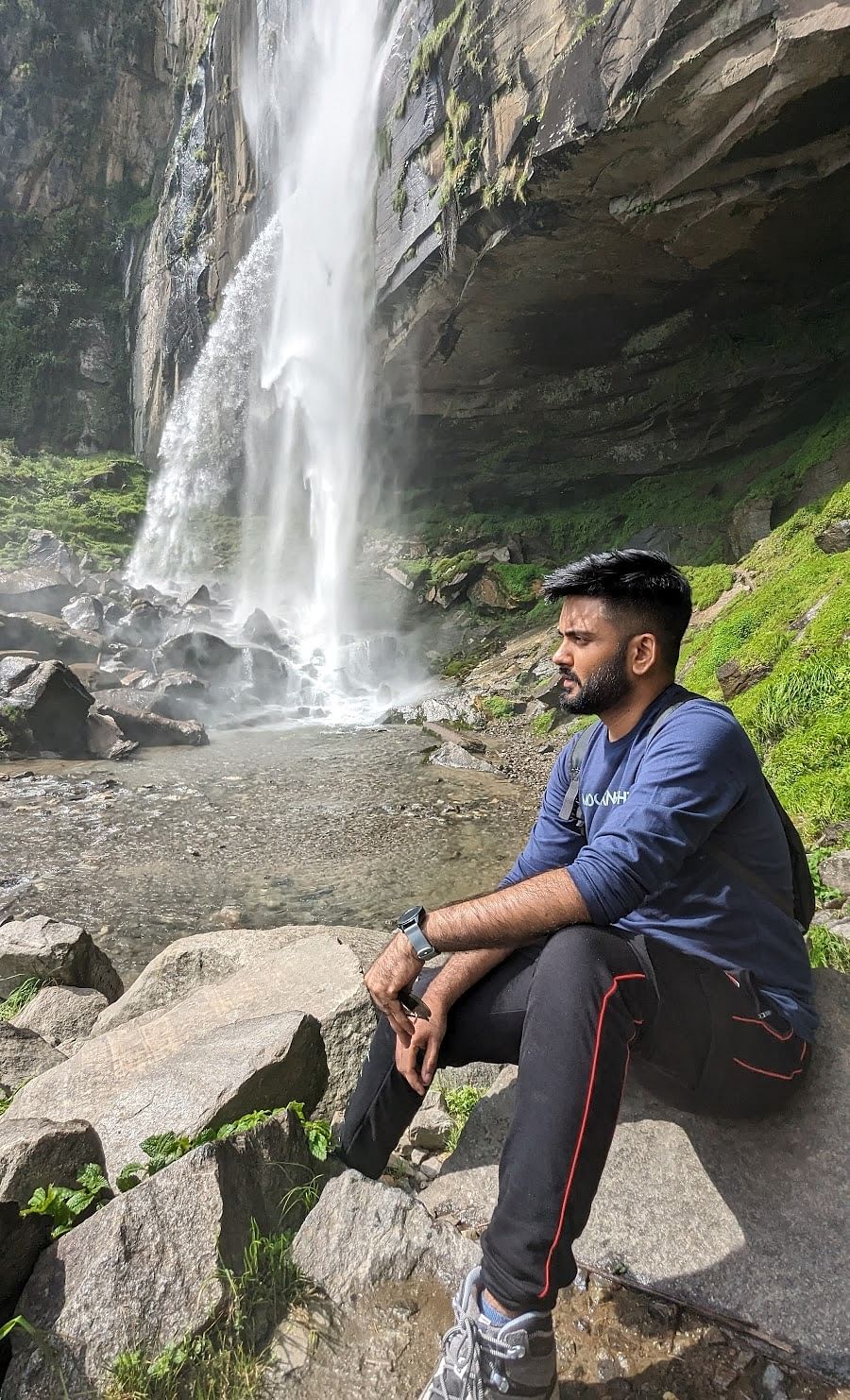Step-wells in India are as old as the Harappan Civilisation. Although the first use of the step-wells was done in South India, most of the step-wells today are found in Gujarat and Rajasthan. There are around 3000 step-wells in Gujarat and Rajasthan combined. Gujarat and Rajasthan have semi-arid climates and the soil’s inability to store rainwater makes the region scarce of water in the summer season. It was not easy to get the water from a normal well, as people had to wait in a long queue and had to pull the rope to fetch water.
To get a grasp of this problem many step-wells were made during the medieval era by the royals and people with opulence. Step-wells are underground buildings that were constructed to store rainwater which was used in summertides. These magnificent step-wells with intricate architecture made a memorial sight and people could quench their thirst as well. Some of the famous step-wells in Gujarat and Rajasthan include Adalaj Stepwell, Chand Baori Stepwell, Panna Meena Ka Kund and one of the hidden gem is Dada Hari Ki Vav.
This architectural marvel is located in Ahmedabad and is a five-storey underground stepwell that was built in 1499 by Dhai Harir, a household lady of Mahmud Begada according to the Persian inscription in the stepwell. She was the superintendent of the royal harem.
About Dada Hari Ki Vav Ahmedabad
Dada Hari Ki Vav was built by Dhai Harir famously known as Bai Harir Sultani who was a household lady of Mahmud Begada, Sultan of Gujarat Sultanate. According to the Persian inscription, Dhai Harir was the superintendent of the royal harem. According to the inscription, the total cost to build Dada Hari Ki Vav was around 3,29,000 Mahmudies. This forgotten gem of Gujarat is a tan-brown five-storey architectural elegance that stands firm today and has a Solanki architectural style. Dada Hari Ki Vav architecture is intricate enough to put you in awe and make you wonder if Vishvakarma himself had made the blueprint of this architecture.
Although today Dada Hari Ki Vav is bone dry most of the time, it used to swamp in water in the medieval era.
Fun Fact: One of the famous step-wells in Patan, Gujarat is depicted on the 100 rupee notes.
Dada Hari Ki Vav Architecture
Dada Hari Ki Vav Architecture is completely done with Sandstone and depicts Solanki Architecture. It is a five-storey deep octagonal-shaped step-well. Dada Hari Ki Vav is divided into two sections, east and west. The architectural brilliance will put you in awe from the beginning of the step-well where a dome made of sandstone greets you with the Indo-Islamic theme. The intrados of this dome have been carved with intricate patterns and are erected on twelve pillars. While walking on the stairs initially, you would see Indo-Islamic carvings on the walls of the first Dada Hari Ki Vav. On the first gallery’s wall, you could see two inscriptions on either side one in Arabic and the other in Sanskrit giving the details of the stepwell including when it was built, how much it cost, who built it, etc.
On every floor, you could see an array of pillars lined up perfectly from east to west. The symmetrical look is very beautiful. Every floor stone ledge is built for the people to take rest. Built along an east-west axis, the entrance is from the East, and the two spiral staircases are in the West, near the well. The steps are open to the sky, whereas the kutas (landings) are closed with stone slabs. The shaft wall is covered with geometric designs.
The top part of the stepwell is a vertical space and is open to the sky. The motifs of the flowers and other graphics of Islamic architecture blend well with the dada Hari ki Vav Ahmedabad.
Suggest Read: Jama Masjid Ahmedabad: The Masterpiece Of Indo-Islamic Architecture
Mosque And Tomb Of Bai Harir Sultani
Just behind Dada Hari Ki Vav, there is a mosque and the tomb of Bai Harir Sultani. Both these edifices are beautifully erected. Artisans have left no stone unturned to build this mosque and tomb.If we talk about the Dada Hari Ki Vav History then as per the inscription in the stepwell it was built in the 15th century by Dhai Harir who was also known as Bai Hair Sultani. The exact year of construction is still not clear as the Sanskrit inscription states that it was built in 1499 A.D and the Arabic inscription states that it was built in 1485.She was the household lady of Mahmud Begada the superintendent of the royal harem. It cost around 3,29,000 Mahmudis to build Dada Hari Ki Vav.
How To Reach Dada Hari Ki Vav
You must be thinking of how to reach Dada Hari Ki Vav, but worry not. Ahmedabad is well connected by roads. You can reach anywhere in Ahmedabad with the help of public and private transport. The nearest railway station to reach Dada Hari Ni Vav is Ahmedabad Junction which is around 2.5 km from the stepwell. You can get a rickshaw or book a cab from the station. The nearest metro station to reach the stepwell is Kalupur, which is around 3.3 km from Dada Hari Ni Vav.
Top Hotels Near Dada Hari Vav
There are many options for top hotels near Dada Hari Vav. However, if you are planning to visit the location it is advisable to pre-book your hotels near the stepwell to avoid last-minute hassle and save your bank from breaking. Following are some of the top hotels near Dada Hari Vav
- Shree Askhar Hotel
- Hotel Elysian Residency
- Rivera Sarovar Portico
- Lemon Tree Premier, The Atrium
- Sarovar Portico
- The Nest Residency
- Hotel Gopi
- Lalji’s Hotel
- Hotel Madhav Villa
- Hotel Naigra
- Hotel Sagar Inn
Restaurants near Dada Hari Ki Vav
Being in the city, there are a handful of restaurants near Dada Hari Ki Vav. Following are some of the restaurants near Dada Hari Ki Vav - Spicy Savory
- Tomato’s Omelet Center
- Mukesh Pav Bhaji
- Akshar Food Corner
- Maruti Cafe
Suggest Read: Dare To ‘Dine With Dead’ At Lucky Restaurant, Ahmedabad
Dada Hari Ki Vav timings are from 09:00 am to 05:00 pm and the stepwell is open on all days. 



